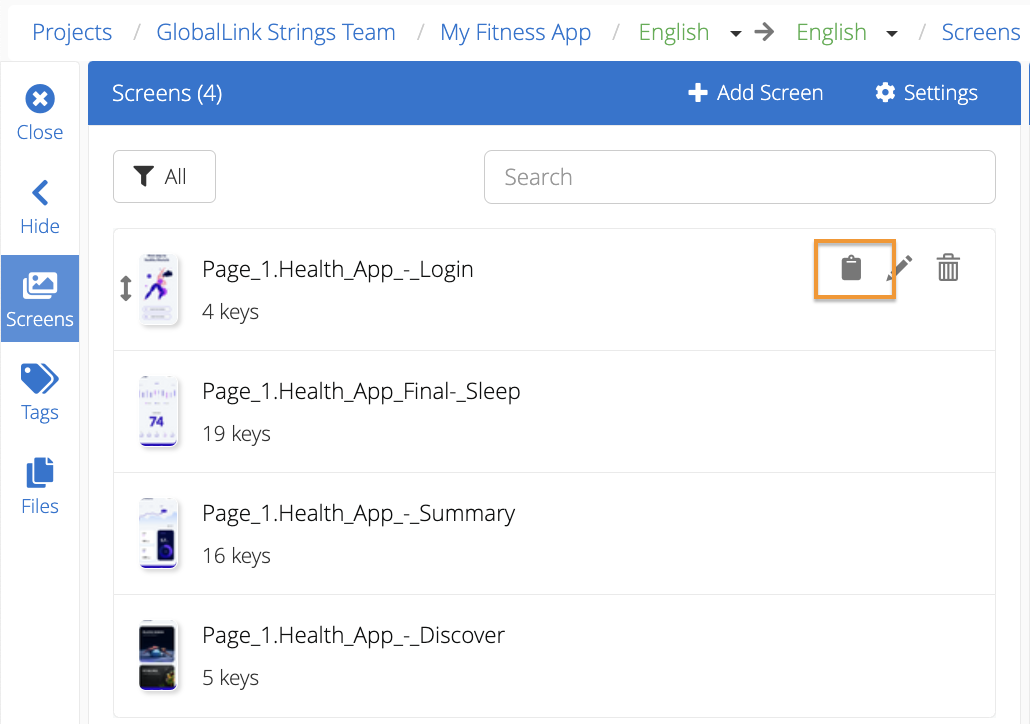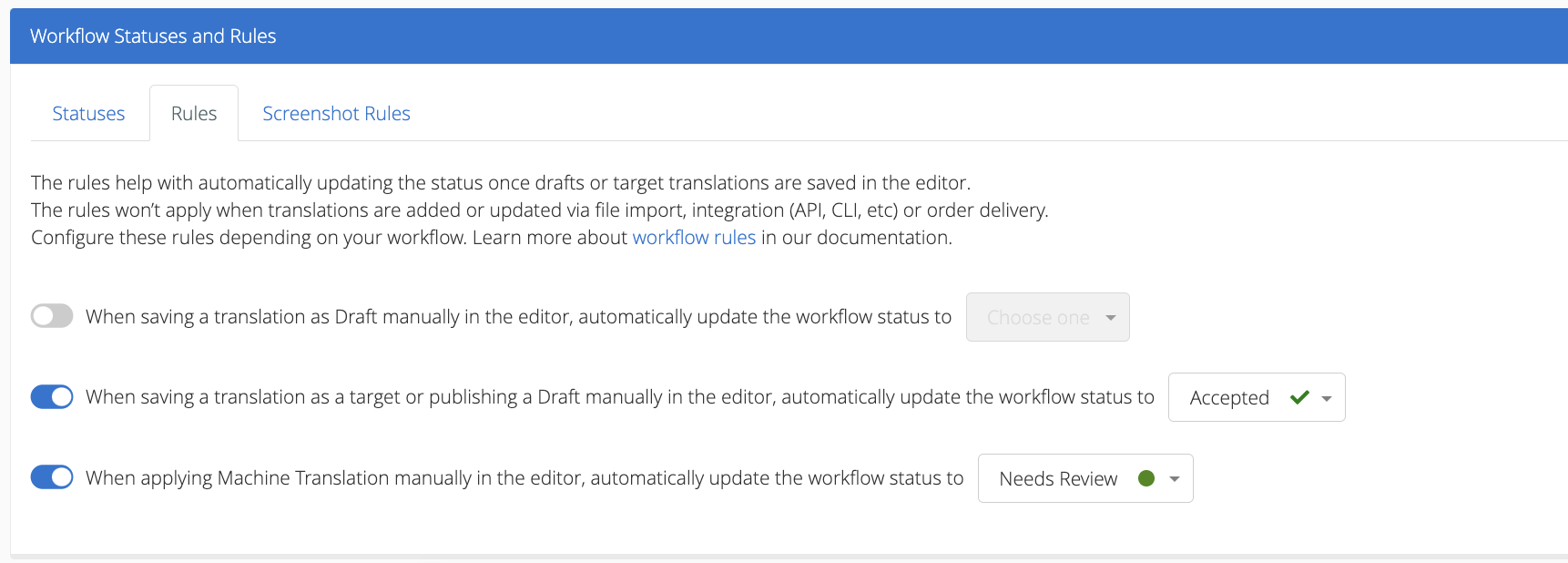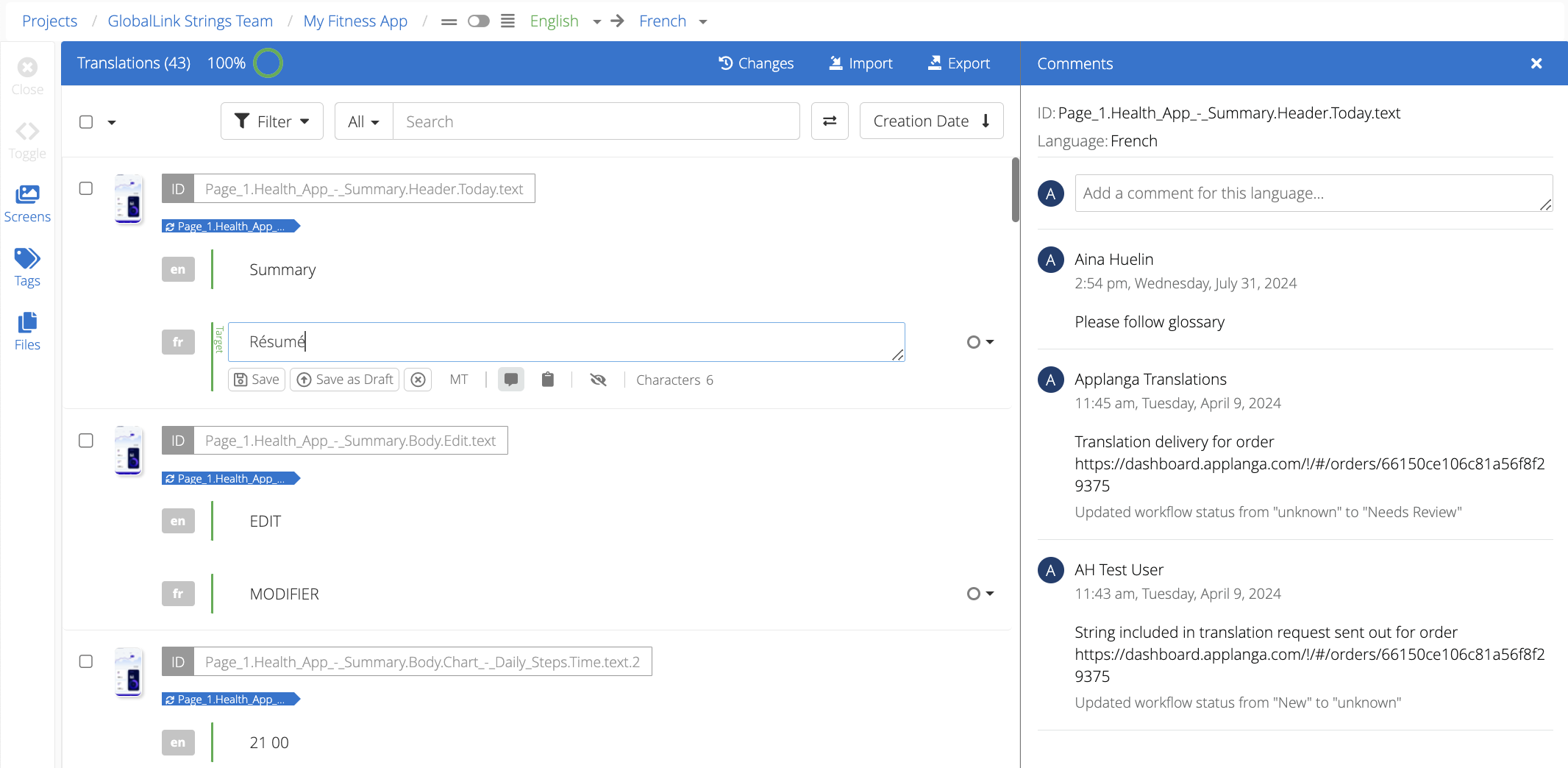

Learn what the GL Strings team has been working on

2024 is rushing by and our team has yet again outdone themselves by bringing lots of new features to the table. We’re sure our traditional yearly recap will include many more surprises, but we’d still like to share a few highlights of what we’ve been working on so far.
Let’s start with our integrations:
The design tool plugins, and our Figma plugin specifically, have undergone huge changes these past few months. As one of our most used integrations, we receive a lot of feedback from our users and as always, we listen to it. Traditionally, plugin users needed to log in the dashboard and use it in combination with the plugin to perform certain actions, such as creating new projects, adding new languages or creating translations requests. We removed the need of having to log in the dashboard by including all these actions in our plugin: you can now manage your content and translation requests from one single place.
New API endpoints and improved webhooks: we kicked off the new year with a revamp of our API documentation: we split the existing article into separate sections to make it easier to navigate, and we included examples of how developers can call our API with some of the most popular development languages. We continued to improve our API by adding new parameters to existing routes to allow for more granular requests and richer responses. Recently, we've introduced new endpoints to delete strings or to request a project entry count information by tag. Additionally, we’ve added new options to our webhooks so that they can now be triggered on more distinct conditions.
Appium integration: for those of you who use Appium to write automated tests for screenshot capturing, our new GL Strings <> Appium integration allows teams to easily integrate with GL Strings. This integration automates the string-to-screen assignments, and upload of this information and associated metadata to the connected GL Strings project.
And now onto the latest updates on our dashboard:



We’ve introduced screenshot rules: with them, teams can define in which cases a screenshot can be marked as verified, or allow GL Strings to automatically mark a screenshot as unverified whenever a new version has been uploaded to the dashboard.
Lots of screenshot-related features so far, but we are not done yet! All screenshot uploads now also trigger the generation and comparison of screenshot hashes. This allows GL Strings to automatically detect when a newly uploaded variant of a screen is different from the previous one. Thanks to this, teams can combine screenshot rules and the screenshot verification feature to easily identify which screens are pending verification.
We’ve expanded workflow status rules: until recently, teams could enable these rules to force a status update whenever a string was edited from the dashboard. This new rule automatically changes a string’s status when it’s translated with machine translation.

Speaking of machine translation: by default, GL Strings uses TransPerfect’s universal machine translation engines. If you’d rather use one of your own engines to translate your app content, we’ve got you covered: reach out to us at support@applanga.com and let us know that you'd like to configure custom machine translation engines for your teams.
Our new Comments panel shows all the status changes and comments linked to a given string. The panel updates automatically as you switch from one entry to another and is independent from the change log.


It’s time to reflect on what we accomplished in 2024 and to find out what we’re working on in 2025
Read the Full ArticleWhy are we changing the name, what changes, and what stays the same
Read the Full Article